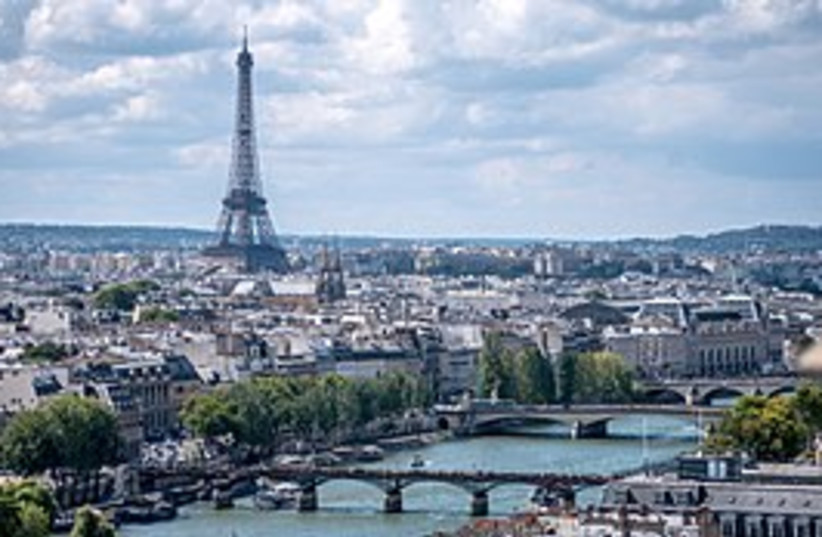Many popular European cities exceed World Health Organization (WHO) air pollution limits according to data compiled by StressFreeCarRental.com.
The data measured pollution in micrograms per cubic meter of air. Air pollution was viewed as fine, inhalable, particulate matter, or PM 2.5. PM 2.5 is, described by the US Environmental Protection Agency as “inhalable particles, with diameters that are generally 2.5 micrometers and smaller.”
The StressFreeCarRental.com lists the air pollution levels of 12 different European cities.
The cities with the most air pollution
Milan, Italy topped the air pollution list, leading the pack by a wide margin, with 19.7 micrograms of PM2.5 per cubic meter of air. Next was Athens, Greece, with 13.6 micrograms followed by Prague, Czech Republic with 12.7 micrograms and then Barcelona, Spain with 12.6 micrograms.
In fifth place on the list is Berlin, Germany with 12.2 micrograms followed by another Italian city, Rome, with 11.7 micrograms.

Next was Paris, France with 11.2 micrograms and then Brussels, Belgium with 10.5 micrograms.
The next three countries on the list, in order, are Hamburg, Germany, Amsterdam, Netherlands, and Madrid, Spain with 10, 9.5, and 9.2 micrograms of PM 2.5 per cubic meter of air respectively.
Concluding the list is Dublin, Ireland with 7.4 micrograms. The data compiled on air quality was collected in 2021 and 2022.
As air quality tends to fluctuate regularly, the StressFreeCarRental.com report analyzed these polluted European cities based on air quality averages over time. Ultimately, the 12 cities with the worst air quality were selected for the report.
“The current WHO health-based guidelines for air quality is a maximum level of 5 [micrograms per cubic meter of air] for fine particulate matter because both long and term exposure to anything above can harm health,” the report notes.
How air quality is categorized
The WHO categorizes air quality as fair, moderate, poor and very poor based on the amount of pollution in the air. The most severe category, “very poor” is applied to cities the exceed 25 micrograms per cubic meter of air.
People with health conditions would likely benefit from considering air quality and/or consulting a health care professional prior to visiting one of these popular European destination cities.
